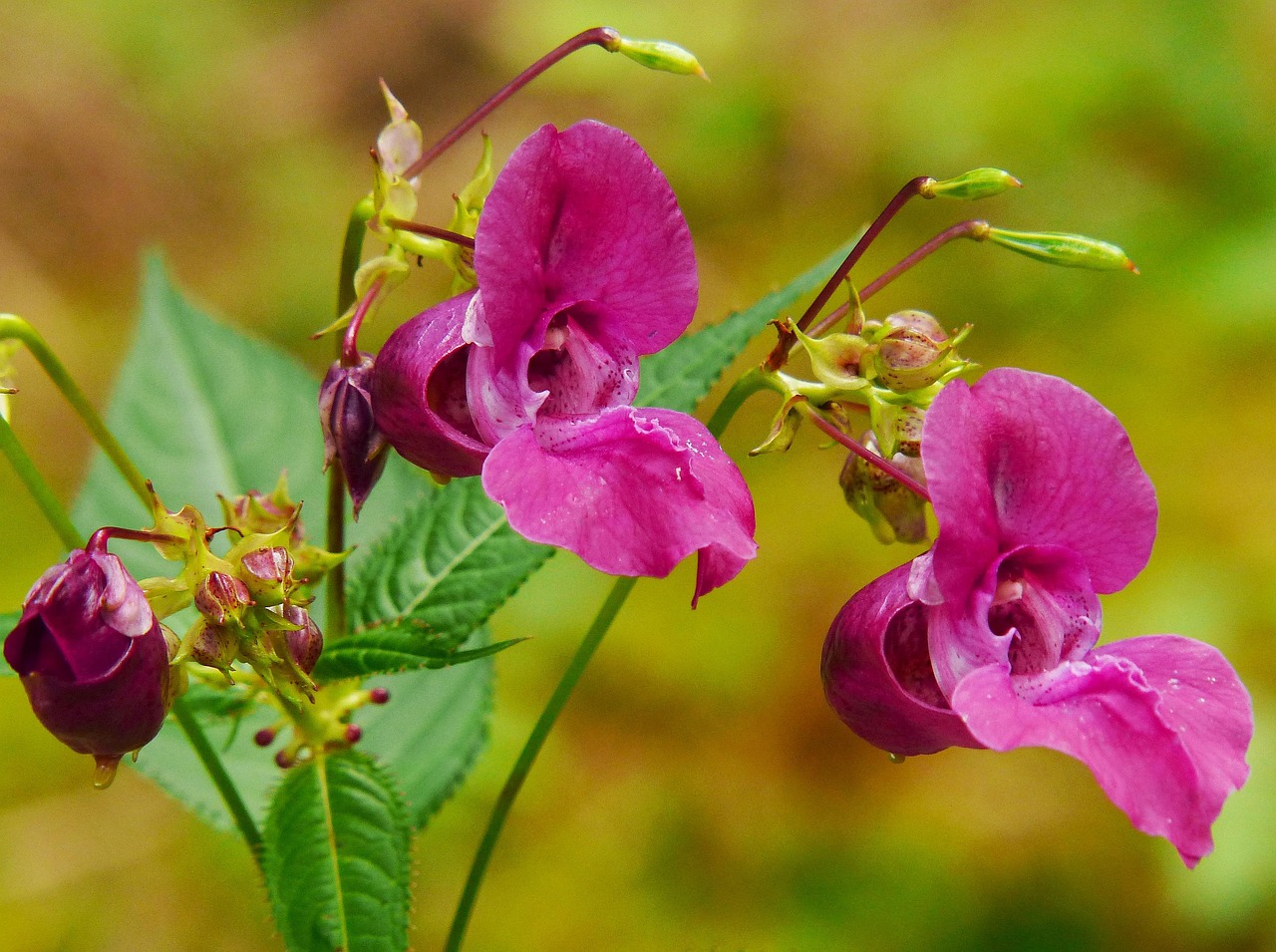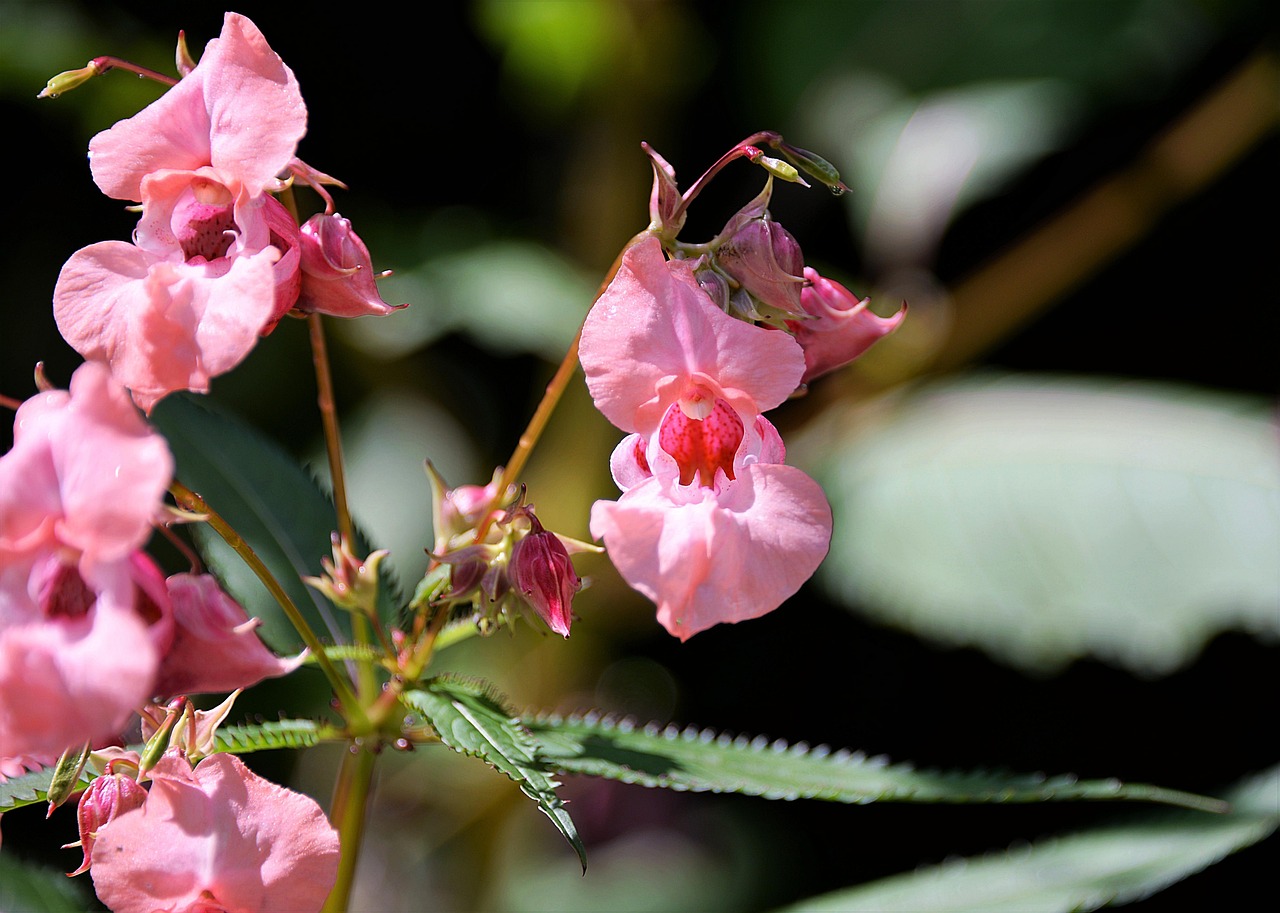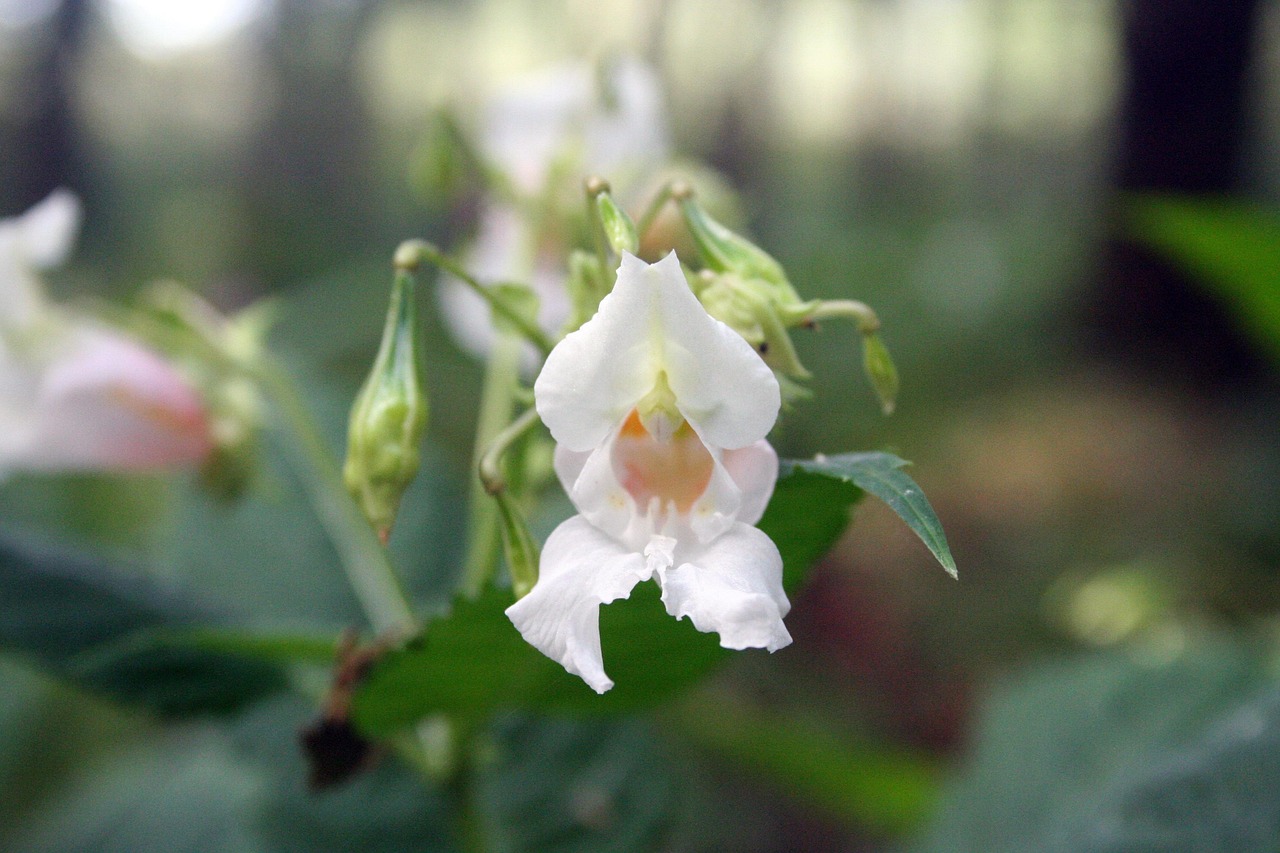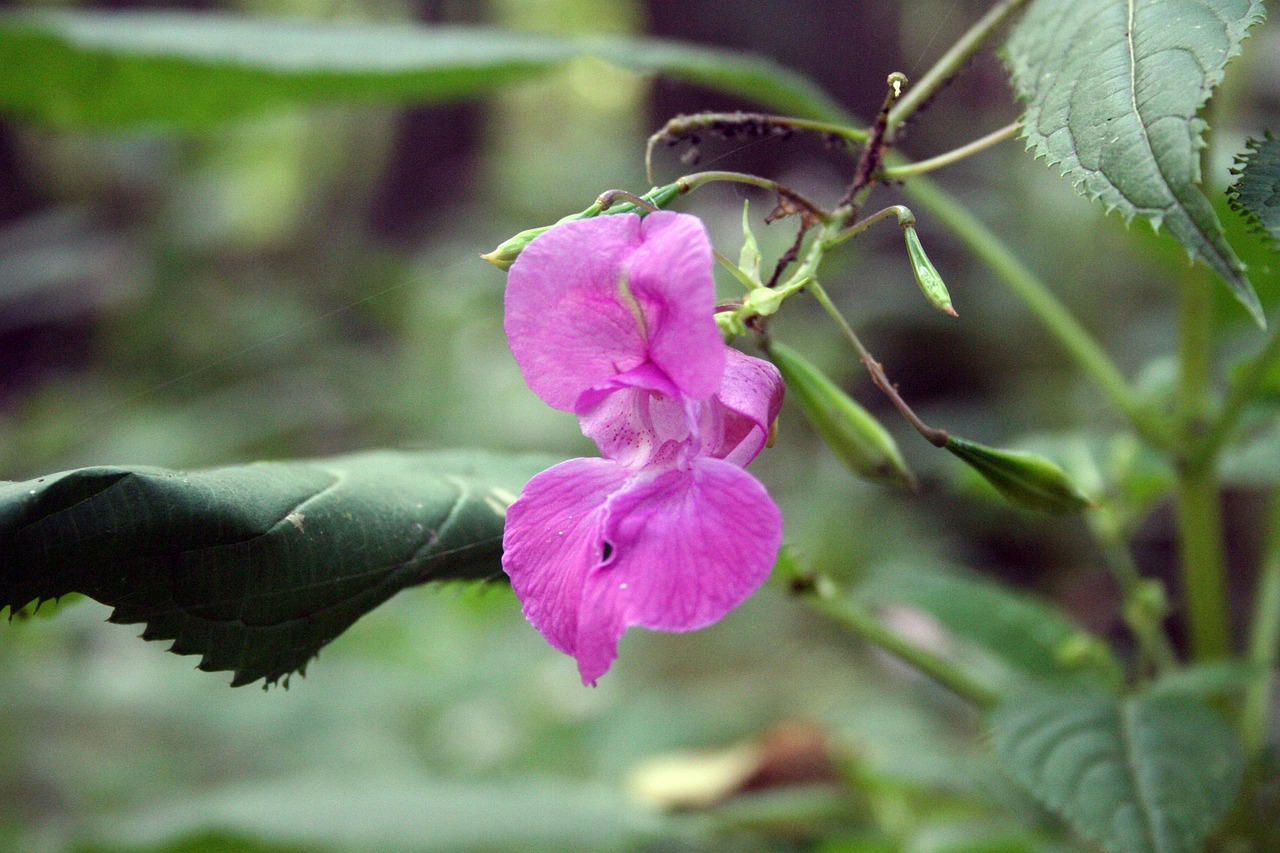Balsam fir trees can primarily be found in the northeastern United States and eastern Canada. They thrive in cooler climates, often growing in mountainous regions and boreal forests. Their natural range extends from Maine to Michigan and into parts of Ontario and Quebec.
Introduction to Balsam Fir Trees

Balsam fir (Abies balsamea) is a species of fir tree known for its fragrant scent and beautiful appearance. It is a popular choice for Christmas trees due to its dense foliage and pleasant aroma. The tree typically grows to heights of 40 to 60 feet, with a conical shape and flat needles that are dark green on top and silvery underneath.
This species thrives in acidic, well-drained soils and is commonly found at higher elevations. Balsam fir trees are often associated with cool, moist environments. They play a significant role in their ecosystems, providing habitat and food for various wildlife species.
The balsam fir is adapted to cold climates, which makes it a prominent species in certain regions. It is often found in forests mixed with other coniferous trees such as spruce and pine. Understanding where these trees can be found helps in conservation efforts and forest management strategies.
Geographical Distribution
The balsam fir’s range extends across several states and provinces. Below are some key locations where these trees are commonly found:
- Northeast United States: Maine, New Hampshire, Vermont, Massachusetts, and New York are home to significant populations of balsam fir.
- Midwest United States: The tree can also be found in parts of Michigan, particularly in the northern regions.
- Eastern Canada: Balsam fir is prevalent in Quebec and Ontario. It is often a dominant species in boreal forests across these areas.
Preferred Habitats
Balsam fir trees prefer specific environmental conditions that support their growth. Here are some characteristics of their preferred habitats:
- Altitude: They are commonly found at higher elevations, particularly in mountainous regions.
- Soil Type: These trees thrive in acidic soils that are well-drained but retain moisture.
- Climate: Balsam firs flourish in cool temperatures with adequate rainfall.
Ecological Importance
Balsam fir trees contribute significantly to their ecosystems. They provide various benefits, such as:
- Wildlife Habitat: The dense foliage of balsam firs offers shelter for birds and mammals, including deer, moose, and various bird species.
- Food Source: The tree’s needles and seeds serve as food for many animals, including squirrels and birds.
- Soil Stability: Their root systems help prevent soil erosion on slopes and mountainous terrains.
In addition to their ecological contributions, balsam fir trees are also economically important. They are harvested for lumber, which is used in construction and woodworking. Furthermore, their popularity as Christmas trees has led to significant cultivation efforts to meet holiday demand.
Cultural Significance
Balsam firs have cultural importance as well. Many people cherish these trees during the holiday season. Families often select them to decorate their homes. The scent of balsam fir is associated with winter celebrations and has become a symbol of the season.
In Indigenous cultures, balsam fir has been used for various purposes. Its resin can be utilized for medicinal purposes, while the wood is crafted into tools or used for shelter. This connection highlights the tree’s significance beyond its ecological role.
| Characteristic | Details |
|---|---|
| Height | 40 to 60 feet |
| Needle Color | Dark green on top, silvery underneath |
| Natural Range | Northeastern US and eastern Canada |
Climate Factors Affecting Balsam Fir Distribution
The distribution of balsam fir trees is heavily influenced by climate. Understanding the climatic factors that support their growth can provide insights into their preferred habitats. Balsam firs thrive in regions with specific temperature and precipitation patterns.
Temperature Requirements
Balsam fir trees prefer cooler temperatures, which is essential for their growth and survival. Here are some key temperature-related aspects:
- Optimal Growing Temperature: These trees generally flourish in areas where average summer temperatures do not exceed 75°F (24°C).
- Winter Hardiness: Balsam firs are hardy trees, capable of surviving harsh winter conditions. They can withstand temperatures as low as -40°F (-40°C).
- Growing Season: The growing season for balsam fir is relatively short, typically lasting around 100 to 120 days.
Precipitation Needs
Moisture availability is another critical factor influencing the balsam fir’s habitat. The following points highlight their precipitation requirements:
- Annual Rainfall: Balsam firs thrive in areas that receive an annual rainfall of 30 to 50 inches (760 to 1270 mm).
- Soil Moisture: They prefer moist soils, particularly in the spring and summer months when they are actively growing.
- Drought Sensitivity: Prolonged drought conditions can negatively impact the health of balsam fir trees, making them susceptible to pests and diseases.
Common Ecosystems Featuring Balsam Fir Trees
Balsam fir trees are integral components of various ecosystems. They can be found in a range of forest types, each offering unique characteristics and ecological benefits.
Boreal Forests
The boreal forest, also known as taiga, is one of the primary ecosystems where balsam fir thrives. This vast forest type stretches across Canada and parts of Alaska. Key features include:
- Dominant Species: In addition to balsam fir, other coniferous trees such as spruce and pine are common in these forests.
- Wildlife Habitat: Boreal forests support diverse wildlife, including caribou, lynx, and numerous bird species that rely on balsam fir for food and shelter.
- Carbon Storage: These forests play a crucial role in climate regulation by acting as significant carbon sinks.
Montane Forests
Balsam fir trees also inhabit montane forests, which are found in mountainous regions. Characteristics of these forests include:
- Elevation: Montane forests are located at higher elevations, often characterized by cooler temperatures and increased precipitation.
- Diverse Flora: Alongside balsam fir, montane forests may contain a variety of other tree species such as Douglas fir and western hemlock.
- Ecosystem Services: These forests provide essential services such as water filtration and erosion control.
Pests and Diseases Affecting Balsam Fir
Balsam fir trees face various threats from pests and diseases that can impact their health and distribution. Awareness of these challenges is essential for conservation efforts.
Common Pests
A few pests are particularly known to affect balsam fir populations:
- Balsam Woolly Adelgid: This invasive insect can cause significant damage by feeding on the sap of the tree, leading to crown decline.
- Spruce Budworm: Although primarily affecting spruce trees, this pest can also impact balsam fir during outbreaks, resulting in defoliation.
- Eastern Pine Beetle: This beetle primarily targets pines but can occasionally infest stressed balsam fir trees.
Diseases
Balsam fir is also susceptible to several diseases, including:
-
<
- Root Rot: Caused by various fungi, root rot can lead to tree mortality if not managed effectively.

li>Balsam Needle Blight: This fungal disease causes needle discoloration and drop, weakening the tree over time.
Understanding these pests and diseases is crucial for managing balsam fir populations. Effective monitoring and management strategies can help protect these important trees in their natural habitats.
Reforestation and Conservation Efforts
As balsam fir trees face various threats, reforestation and conservation efforts have become essential to maintaining their populations. These initiatives aim to restore degraded habitats and ensure the sustainability of balsam fir ecosystems.
Importance of Reforestation
Reforestation plays a critical role in the preservation of balsam fir trees. Here are some key benefits:
- Ecosystem Restoration: Replanting balsam fir can help restore ecosystems that have been damaged by logging, pests, or disease outbreaks.
- Climate Mitigation: As carbon sinks, balsam fir forests absorb carbon dioxide, helping to combat climate change.
- Wildlife Habitat: Restored forests provide essential habitats for various wildlife species that depend on these trees for food and shelter.
Techniques for Reforestation
Several techniques are employed in the reforestation of balsam fir trees. These methods can vary based on specific environmental conditions and goals:
- Natural Regeneration: Allowing forests to regenerate naturally can be an effective approach. This method relies on existing seed sources and encourages new growth without human intervention.
- Planting Seedlings: In areas where natural regeneration is insufficient, planting seedlings is a common practice. Nurseries often grow balsam fir seedlings specifically for this purpose.
- Mixed Planting: Combining balsam fir with other native species can enhance biodiversity and create a more resilient ecosystem.
Challenges in Conservation
Despite the importance of conservation efforts, several challenges hinder the successful preservation of balsam fir populations:
Climate Change
Climate change poses significant risks to balsam fir trees. Here are some impacts:
- Temperature Fluctuations: Warmer temperatures may shift the suitable habitat range for balsam fir, making it difficult for these trees to survive in their traditional locations.
- Altered Precipitation Patterns: Changes in rainfall can affect soil moisture levels, impacting the growth and health of balsam fir trees.
- Pest Outbreaks: Warmer temperatures can lead to increased pest populations, further threatening balsam fir health.
Human Activity
Human activities also pose challenges to balsam fir conservation:
- Deforestation: Logging and land development can reduce the available habitat for balsam fir trees, leading to population declines.
- Pesticide Use: The application of pesticides to control pests can inadvertently harm beneficial organisms and disrupt the ecosystem balance.
- Urbanization: Expanding urban areas encroach on natural habitats, fragmenting ecosystems and isolating tree populations.
Balsam Fir Cultivation
Due

to their popularity, balsam fir trees are cultivated not only in natural settings but also in managed environments. Understanding cultivation practices can help promote healthy growth and sustainability.
Cultivation Practices
The successful cultivation of balsam fir involves several practices that ensure optimal growth conditions:
- Site Selection: Choosing the right location with appropriate soil and climate conditions is crucial for successful growth.
- Soil Preparation: Preparing the soil through testing and amendment can enhance nutrient availability and drainage.
- Irrigation Management: Proper irrigation ensures seedlings receive adequate moisture, especially during dry spells.
Pest Management in Cultivation
Pest management is vital in maintaining healthy balsam fir plantations. Effective strategies include:
- Integrated Pest Management (IPM): This approach combines biological control, habitat manipulation, and chemical methods to manage pest populations sustainably.
- Cultural Practices: Techniques such as crop rotation and intercropping can reduce pest pressure by promoting biodiversity.
- Pest Monitoring: Regular monitoring helps identify pest outbreaks early, allowing for timely intervention.
Cultivating balsam fir not only meets demand for Christmas trees but also supports reforestation efforts. With careful management, cultivated populations can thrive alongside naturally occurring ones, contributing to the overall health of ecosystems where these trees are found.
The Role of Balsam Fir in Ecosystem Function
Balsam fir trees serve critical roles in their ecosystems beyond their aesthetic and economic value. They contribute significantly to forest dynamics, influencing various ecological processes.
Soil Health and Nutrient Cycling
Balsam fir trees play a vital role in maintaining soil health through several mechanisms:
- Nutrient Contribution: As balsam fir needles decompose, they enrich the soil with organic matter, enhancing nutrient availability for other plants.
- Soil Erosion Prevention: The dense root systems of balsam fir help stabilize soil, reducing erosion, particularly on slopes and in areas prone to landslides.
- Water Retention: The presence of balsam fir trees can improve soil structure, promoting better water retention and reducing runoff.
Climate Regulation
Balsam fir forests contribute to climate regulation in several ways:
- Carbon Sequestration: As mentioned earlier, these trees absorb carbon dioxide from the atmosphere, helping mitigate climate change.
- Microclimate Creation: Dense balsam fir stands can create cooler microclimates, benefiting various understory species and maintaining biodiversity.
- Air Quality Improvement: By filtering pollutants from the air, balsam fir trees contribute to improved air quality in surrounding areas.
Research and Future Directions
Ong

oing research is essential for understanding the dynamics of balsam fir populations and their ecosystems. Scientists are investigating various aspects that influence their health and distribution:
- Genetic Studies: Researching genetic diversity within balsam fir populations can help identify resilient strains that may withstand pests, diseases, and climate change.
- Ecosystem Interactions: Studying the interactions between balsam fir and other species provides insights into community dynamics and ecosystem health.
- Climate Adaptation Strategies: Identifying potential adaptive strategies for balsam firs in the face of climate change is crucial for their long-term survival.
Collaborative efforts between scientists, conservationists, and local communities are vital to ensure the protection of balsam fir habitats. These partnerships can foster sustainable practices that benefit both the environment and the economy.
Conclusion
Balsam fir trees are more than just beautiful additions to landscapes; they are integral components of their ecosystems. Found primarily in the northeastern United States and eastern Canada, these trees thrive in cooler climates and play essential roles in soil health, climate regulation, and wildlife habitat. As they face challenges from pests, diseases, and climate change, conservation and reforestation efforts become increasingly important.
The cultivation of balsam fir not only meets consumer demand but also supports broader environmental initiatives. Through sustainable practices and ongoing research, we can protect these valuable trees for future generations. Understanding their ecological importance helps us appreciate the intricate connections within our forests and reinforces the need for thoughtful stewardship of natural resources.
By recognizing the significance of balsam fir trees, we commit to preserving their habitats and ensuring the resilience of our forests amidst changing environmental conditions. Together, we can work towards a sustainable future where balsam firs continue to thrive and enrich our ecosystems.
